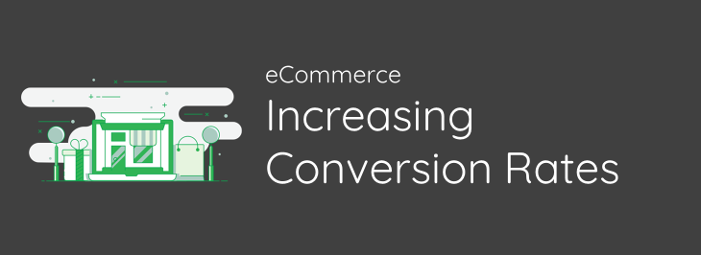
Conversion rate optimization (CRO) is a discipline focused on maximizing the conversion rate of the traffic your site is receiving. For example, two sites are receiving the same amount of traffic; however, one has a conversion rate increase of double, this site with double the conversion rate would enjoy twice as many conversions (i.e., leads, sales, etc.).
For eCommerce sites, there are a number of proven tactics that can help improve conversion rates and increase eCommerce sales.
- Social Proof
- Personalization
- User Experience (UX)
- Free Shipping
- Discounts
- Cart Reminders
- No Strings Attached
- Exit Offer
SOCIAL PROOF
Hands down, the most effective way to convince a consumer of value is by honest word-of-mouth recommendations. When friends or family you trust tell you about how great a product or service is, you instantly have an increased level of trust for that brand, service or product. People take unsolicited advice to heart and are likely to believe their peers and acquaintances, especially if that person has nothing to gain when others purchase. Studies have found that 88% of consumers will trust online reviews as much as recommendations from people they know.
- Solicited Reviews Aren’t the Same: MLM (multi-level marketing) businesses have made it difficult for businesses to incentivize brand advocates and retain the value of their recommendation. When someone is going to make a profit or get a bonus for telling you about the value of a product or service, you are instantly skeptical of the actual value. Companies, like Usborne, Pampered Chef, Norwex and Mary Kay may have great products, but their brand advocates are really just sales people. They have high incentives for pursing their friends and family in order to push sales. You need to encourage unsolicited social proof to increase conversions unless you are truly after a compensation approach.
- Negative Reviews Aren’t All Bad: Most companies today simply ask their top customers to leave them reviews on social media pages or search engines to increase their ratings. You might feel afraid of potential negativity if you allow reviews and ratings, but it is actually better for a company to have real (and imperfect) feedback than none at all or fake-looking reviews. How you respond to the negative reviews will also make a big impact on how people see your brand, so take the opportunity of poor feedback to be professional, compassionate, caring and honest in responding with a solution or brand perspective.
- Quantity and Quality Matter: You can’t always control the quality of reviews, but people want to know why someone did or didn’t like a product. The why lets them know if the review will apply in their case. If you are buying sunglasses for a child and a negative review says, “Didn’t fit my husband! Way too small!” then your opinion of the product might actually be boosted. On the other hand, if you see 10 high reviews that only say, “great.” (or something equally as oddly vague) then you might feel as if those top reviews were potentially fraud and at the very least you probably wouldn’t really feel better about purchasing that item. If you see a product with hundreds of reviews, you are going to be more likely to trust the average rating than the product that only has one review (even if it is stellar). While it might be hard to really control what kind of reviews you are getting or how many customers actually stop to leave a review, it helps to know what you are shooting for before you ask. You can encourage customers to “Please tell other customers why they would love our product!” or something along those lines that implies more than just a one-word comment and a star rating would be ideal.
- Just Ask: Some companies will reach out for a quote, featuring real feedback on their site. You can choose various customers to specifically ask for feedback from. You can use the best quotes you get back and highlight them on your website. In order to avoid seeming fake or scammy, make sure your reviews match up with the ratings you are receiving from Google, Yelp, Facebook, Amazon and any other public rating location. You don’t want shining reviews featured on your page that seem completely at odds with a consensus of public angst against your brand elsewhere.
PERSONALIZATION
Increase your conversion rates by marketing directly to individuals. You want to differentiate your contacts lists so that your offers and content are relevant to their wants or needs. You can use personalization to also highlight products that they’ve shown an interest in or are in line with past purchases to increase the likelihood of a sale. People are much more likely to be influenced by marketing that is targeting them as an individual and not in a generic, one-size-fits-all fashion.
In the same way, make sure your conversion goal is personalized based on previous actions. If your customer just purchased, for example, you don’t want to push for another sale immediately. Instead, ask for an honest review (after the product has had time to arrive) or encourage them to find you on social media for further engagement. If you have a new customer, you want to worry about cultivation before you start pushing sales, so encourage them to click-through to helpful resources or content that would be relevant to those in the beginning stage of the buyer’s journey. If someone is clicking on related items, send out a product highlight email featuring a handful of those items to help entice a return visit.
USER EXPERIENCE (UX)
The user experience (UX) part of your website is largely unseen and typically goes unnoticed. However, that experience is going to improve or hurt your conversion rate. If a user can intuitively find the right buttons, site areas, pages and products that they need without any hassle, then they will be more likely to convert. You want to remove all of the snags and hoop-jumping from the process so that people can simply browse, research and purchase unhindered.
FREE SHIPPING
People are more likely to buy if shipping is free. You can increase conversion by offering free shipping for all orders and making the purchase decision just that much easier. If this hurts your bottom line, consider increasing your listing prices a bit to cover the costs and still offering the free shipping. You can also offer free shipping with a minimum order size, thought that could cause new leads to pause as they try to decide if they are willing to commit to that order size.
DISCOUNTS
Make it easy for your customer to find discounts that entice them. Rather than hiding offers in emails or in specific locations, place your promo code right on a header. Make sure your discounts are clear and that you set an end date to encourage a faster decision. Like free shipping, discounts are a simple way to encourage new leads to convert to a purchase decision. You can offer tiered discounts that increase with the total order size to ensure you aren’t losing money.
CART REMINDERS
Send out reminders to those who have filled a cart but not completed their order. You want to send out a soft reminder within the hour, just in case they got distracted. You then want to send out a slightly more direct reminder within the next 8 hours, potentially pushing a special coupon or deal for completing the order. Make sure you set up caps on your cart reminders so that you aren’t being obnoxious or getting taken advantage of. You don’t want users fishing for a deal every time they are looking for an item. You also don’t want to send out a handful of daily reminders for weeks as a cart sits abandoned on your site.
NO STRINGS ATTACHED
Don’t make the checkout process complicated. Ensure a better conversion rate by allowing users to checkout as guests. Then, offer them an opportunity to add a password and save their account information after they’ve ordered so you can keep in contact with them moving forward. Forcing someone to sign up for an account before making a purchase is one of the top reasons carts get abandoned every day. People aren’t always completely sold, even when they are checking out.
EXIT OFFER
Increase conversion rates by offering products or services as your customer gets ready to checkout. You can offer more products at a discount or even cross-sell to customers by offering related items that could enhance their experience. An exit offer is more likely to increase the order size, but it could also lead to a more decisive conversion if you are choosing the right deal or products to highlight. Make deals available for a very short amount of time (like 15 minutes) to really get customer’s scrambling to convert.
Increasing conversions means streamlining your process so that people aren’t falling between the cracks. Keep improving the conversion process for purchases, email signups, engagement levels and more. When your conversion rates are high, your leads become much more valuable and you have more time to focus on other aspects of the business
Similar Posts:
Download the full report.

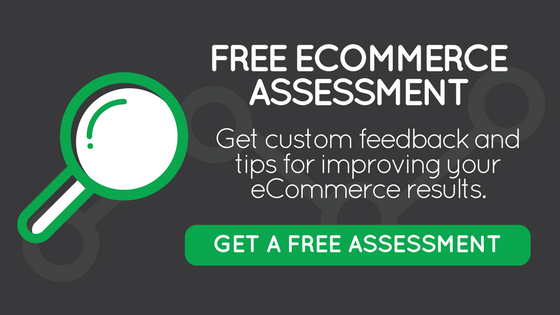
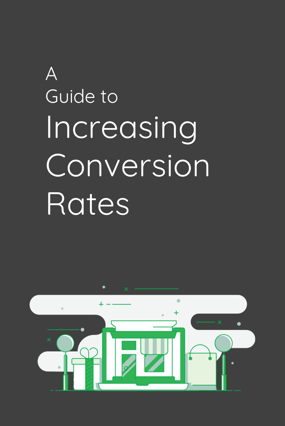

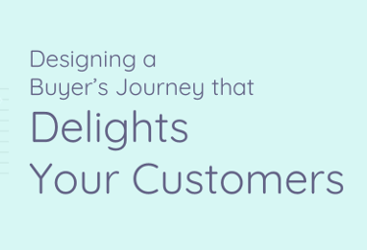
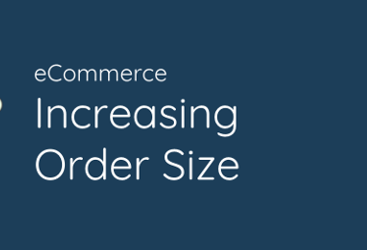
-3.jpeg?width=352&name=7%20Ways%20to%20Promote%20Your%20Blog%20(And%20Increase%20Traffic)-3.jpeg)


